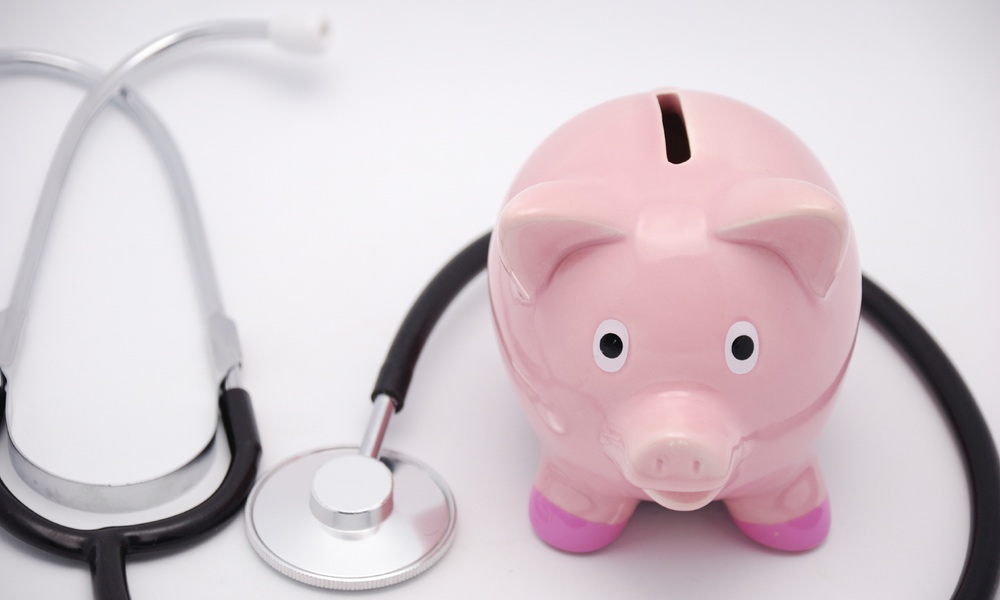Nearly half of all Americans have high blood pressure. So, it's not surprising that the American College of Cardiology and the American Heart Association both recommend that more of us take our blood pressure readings at home.
You're considered to have high blood pressure (HBP), also known as hypertension, when your systolic, or top number in a reading, is 130 or higher and the diastolic, or bottom number, is 80 or higher. HPB is the main risk factor for cardiovascular diseases and stroke.
If someone who has hypertension and is regularly using a home blood pressure machine, they're on the right road. But if they're sitting when they're taking it, there's a chance they might not be getting the most accurate reading. Even though it's not a common practice, a better way to take a BP reading is while standing up, according to a new University of Texas Southwestern Medical Center study.Measuring blood pressure while standing, either on its own or in addition to sitting blood pressure, significantly improved the accuracy of readings.
“Our study shows that measuring blood pressure in the standing position may offer a more accurate way to determine if someone has hypertension, which requires assessment of a 24-hour ambulatory blood pressure monitor or home monitoring.”
The UTSW researchers measured the blood pressure of 125 healthy patients between the ages of 18-80 with no history of hypertension, previous use of blood pressure medication or other comorbidities (the simultaneous presence of two or more medical conditions). The findings showed that measuring blood pressure while standing, either on its own or in addition to sitting blood pressure, significantly improved the accuracy of readings.
The researchers took blood pressure readings in three different ways: 1) through 24-hour ambulatory blood pressure monitoring; 2) with patients seated in the doctor's office; and 3) with patients standing in the doctor's office.
They found that when blood pressure was measured while standing, over 33 percent of the participants had readings high enough to indicate undiagnosed hypertension.
If you have HBP, there are lifestyle adjustments and medication that may help you lower your blood pressure. The American Heart Association suggests:Blood pressure taken while a person is sitting does not reflect pressure in the real, living, situation where we often stand or walk.
- Maintain a healthy weight. Being overweight or obese stresses your heart and raises your blood pressure. Speak with your healthcare provider about a program to help you drop pounds.
- Opt for fewer processed foods and more fruits, veggies and low-fat dairy.
- Reduce the amount of salt in your diet. Ideally, stay under 1,500 mg of sodium a day, but aim for at least a 1,000 mg per day reduction.
- Get active. Try for at least 90 to 150 minutes of aerobic and/or dynamic resistance exercise per week and/or three sessions of isometric resistance exercised per week.
- Speak with your healthcare provider before beginning a new routine.
- Limit alcohol. Drink no more than one to two drinks a day (one for women, two for most men).
- Keep checking your BP at home. Take ownership of your treatment by tracking your own blood pressure.
- Take your medication. If you have been prescribed medication to control you BP, take it exactly the way your healthcare provider suggests.
The study is published in Scientific Reports.





